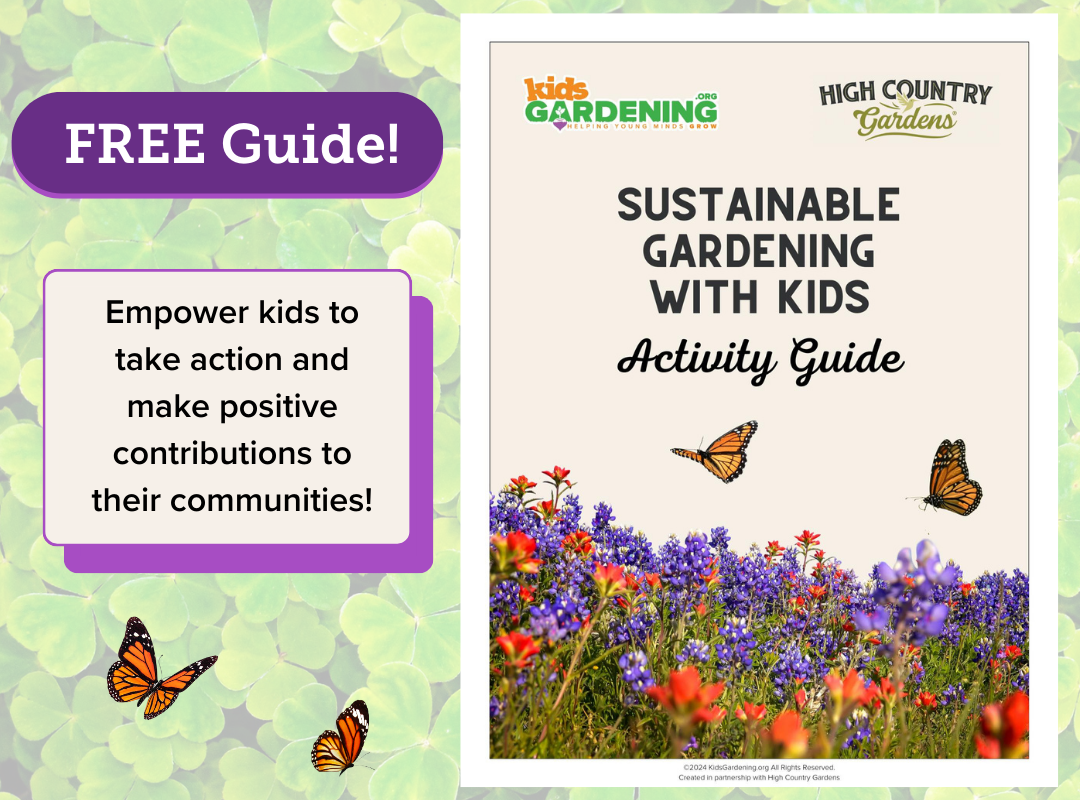Materials:
- Various plant materials, cut into small pieces
- Large enamel or glass pot
- Hotplate or stovetop
- Distilled water (chlorine-free)
- Large wooden spoon or spatula
- Cheesecloth or nylon stockings
- Optional: alum or cream of tartar (available in spices section of grocery store) Note: Alum and cream of tartar are used as mordants that act as fixatives to chemically attach or “set” the dye to the material being colored.
- Natural (kaolin or white cosmetic) clay
- Watercolor paper
- Paint brushes
Instructions
- Gather a collection of plant parts that can be used to create natural dyes. Below are some suggestions:
Red
Madder (roots)
Anatto (seeds)
Orange
Dyer’s Coreopsis (flowers)
Carrot (roots)
Onion skins
Yellow:
Chamomile (flowers)
Daisies (flowers)
Aster (flowers)
Marguerite (flowers)
Marigold (flowers)
Calendula (flowers)
Zinnia (flowers)
Dahlia (flowers)
Sulfur cosmos (flowers)
Sunflower (flowers)
St. John’s Wort (flowers)
Mint (leaves/stems)
Parsley (leaves/stems)
Wild mustard (leaves/stems)
Yellow dock (leaves/stems)
Bindweed (leaves/stems)
Celery (leaves/stems)
Turmeric (roots)
Green
Black-eyed Susan (flowers)
Spinach (leaves)
Coneflower (leaves)
Chamomile (leaves)
Grass (leaves)
Nettle (leaves)
Plantain (roots)
Blue
Tomato (leaves/stems)
Red cabbage (leaves/stems)
Elderberries (fruit)
Purple
Blueberries (fruit)
Wild grapes (fruit)
Blackberries (fruit)
Mulberries (fruit)
Dandelion (roots)
Beets (roots)
- Cut larger parts into small pieces and place in a pot (enamel or glass preferable).
- Cover the plant materials with distilled water and then simmer them for about an hour until the water is colored and the plant tissues look bleached.
- Strain the dye bath through cheesecloth or an old stocking to get rid of plant material. Optional: Add mordant*. If you’re just getting started, you may choose not to use a mordant to “fix” the dye to fabric. Some plants will yield colorfast dyes without a mordant (e.g. turmeric), while others will lose their color with washing and sunlight (e.g. purple cabbage).
*Mordants, such as alum and cream of tartar, act as fixatives to chemically attach or “set” the dye to the material being colored.
5. Measure the liquid and pour it into a bowl. Add natural (kaolin or white cosmetic) clay in a ratio of 1:2 of clay to dye liquid. For example, add 1/2 cup of clay for every cup of dye liquid. Mix thoroughly.
- Use your mixture to create colorful watercolor paintings! Watercolor paper works best, although any type of absorbent paper can work (like construction paper). If you have multiple colors, an old muffin tin can make a fun artist palette.
- Set up your own art show to show off your new skills and creations.
For additional ideas for using natural dyes, check out the Art Garden Activity Pack developed in collaboration with Smart Pot.



